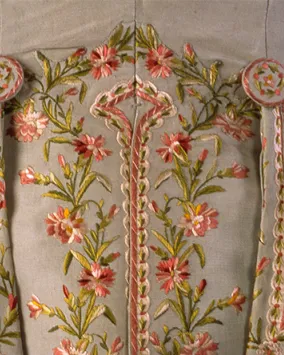Bio
Edward Maeder worked as the founding Director of the Bata Shoe Museum in Toronto, and was the Curator of Costume and Textiles at LACMA from 1979 to 1994.
Veronika Gervers Research Fellowship participant
Fellowship Year: 1997
Research projects
Project
Category

